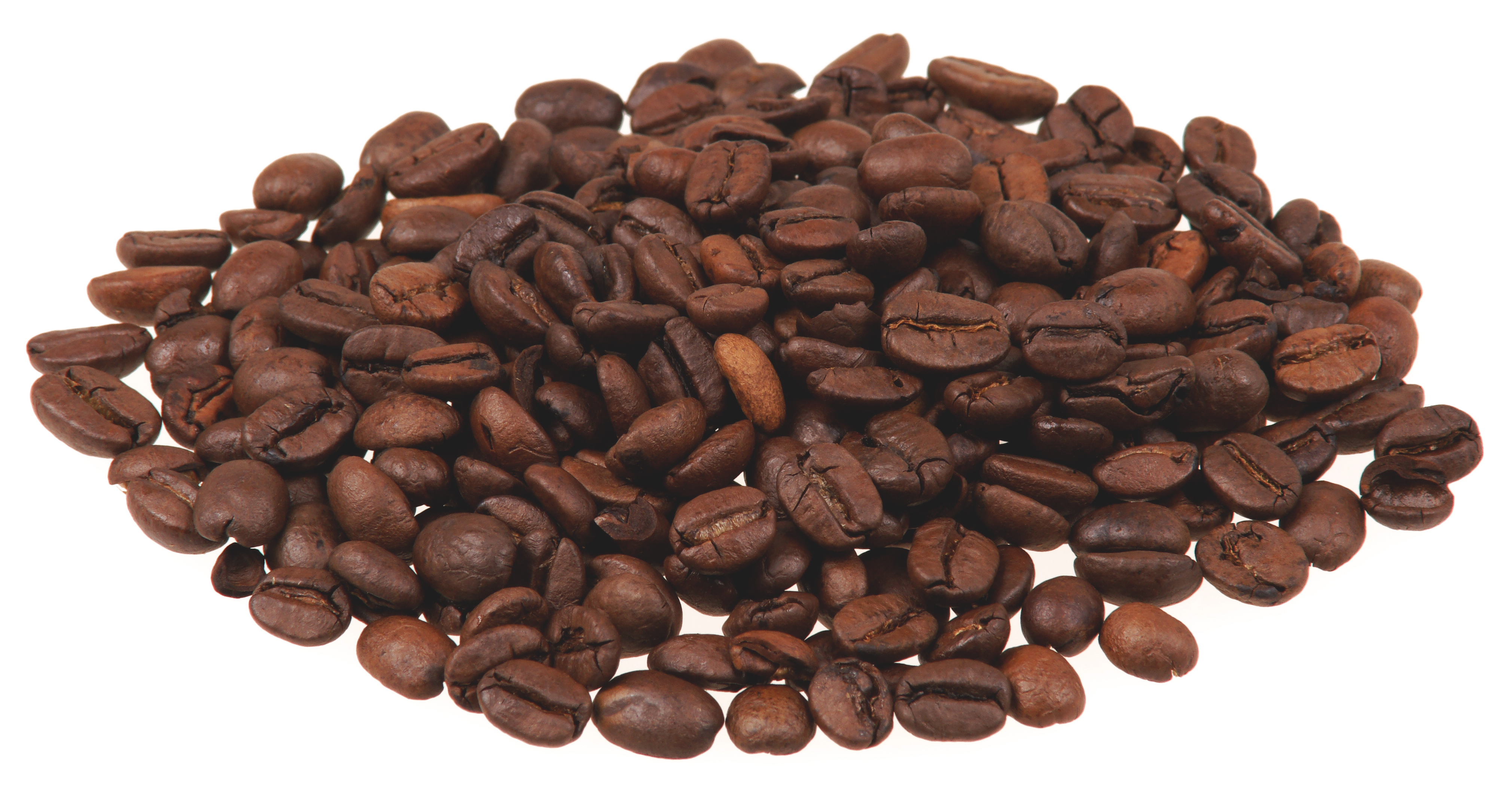Etymology
Or what copywriters think about when they drink coffee
As a copywriter, I love etymology, or the origin and development of words. English is such a rich tongue because it is Germanic in origin, but overlaid by French, enriched by church Latin and by contact with Scandinavian and other neighbours. More recently, English speakers have borrowed words from many languages as trade; empire and better communication have brought other influences to bear. It gives writers in English such a choice of words, with a wonderfully subtle difference between so many.
Today, I am a little under the weather. I could say that I am ill, derived from the Old Norse illr: evil, bad, difficult. However, I might choose to say that I am sick, which comes to us from the Old English seoc. It is unlikely that I would choose to use the word malady, since, perhaps, its French origin makes it less straightforward; it is certainly less common. If I declared that I was unsure of my ailment, then I would be using a word that is a combination of Germanic and French/Latin.
The language of coffee
Usually, we have less choice when we come to words for objects, especially when they are newer into the language. As we have previously blogged, we have recently undertaken graphic design and copywriting for some great local coffee shops. When writing about coffee, using any other word is either too specific – latte– or not specific enough- brew. Even coffee has many states of meaning, but a coffee can only mean one thing. Fancy one now?
If you do, you’re in good company. The Arabs probably got there first, although the plant itself originates in Africa. The Turks developed the coffee craft and from there it spread to Europe, often via Armenian traders. As it travelled, so did its name. The Arabs called it qahwa, from the root q-h-w-y, meaning to make something repugnant. The word was originally applied to wine and then probably to coffee because of its effect on sleep. The Turks named it kahve, whilst once it reached Western Europe it became café (French), or caffè in Italian. The Dutch decided on koffie, from which our coffee probably derives.
The Italian contribution
The language of coffee is extensive and mostly Italian. In giving the world the espresso machine, Italy also invented our contemporary coffee culture. Perhaps espresso coffee is romantic because it is Italian, perhaps because it is difficult to make, or perhaps because it says something about you. American GIs, stationed in Italy after the war, it is said, found the espresso too strong. When watered down for their taste it became Americano. Of course, they could always have drunk a cappuccino. Originally a Viennese kapuziner, it was brewed until it was the same colour as a capuchin monk’s cloak.
As coffee continues to travel, so does its language. Cortado is Spanish, whereas the Flat White, so reassuringly English in its description, is from Australasia. The inventiveness of the barista is complemented by the inventiveness of the wordsmiths, whoever they may be. And for that, and the coffee beside me, this wordwright is grateful.
If you want to read more about coffee words, then ‘The Coffee Dictionary’ by Maxwell Colonna-Dashwood is a good place to start. You could quickly become a coffee nerd.







